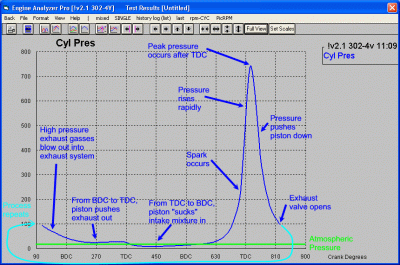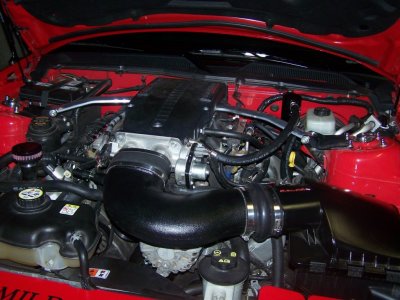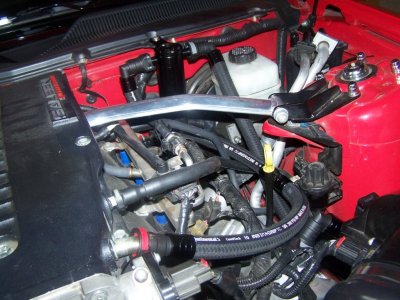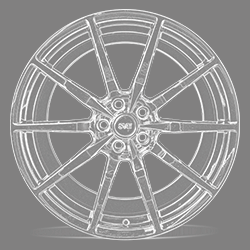Dino Dino Bambino
I have a red car
Dino Dino Bambino was referring to his "06" GT 3v which has the pcv valve on the driver's side, opposite of the Coyote pcv valve which is on the passenger side. I would also assume that when at zero vacuum, gases get pushed into the intake from crankcase pressure thru the driver's side much in the same they get pushed into the intake from the opposite side on the 3v cars.
Thanks for the correction. I mistakenly thought that the PCV valve was on the driver's side valve cover on the Coyote. However the principle of how the crankcase ventilation system works is basically the same as it is on the 3V except that the valve covers are reversed. Therefore you'd want your Coyote catch can on the passenger side whereas on the 3V, you'd have it on the driver's side.
I have one on both sides but the passenger side remains bone dry as it's the supply side to the CCV system. The only situation where you'd collect oil in both catch cans is if you have excessive blowby of combustion gases past the piston rings. This can happen in forced induction applications, even in the absence of ring/bore wear, simply because some of the elevated cylinder pressure "leaks" past the rings. That's why those applications really require catch cans on both sides, but with a one-way valve to prevent pressurised gases inside the intake manifold from entering the crankcase.







